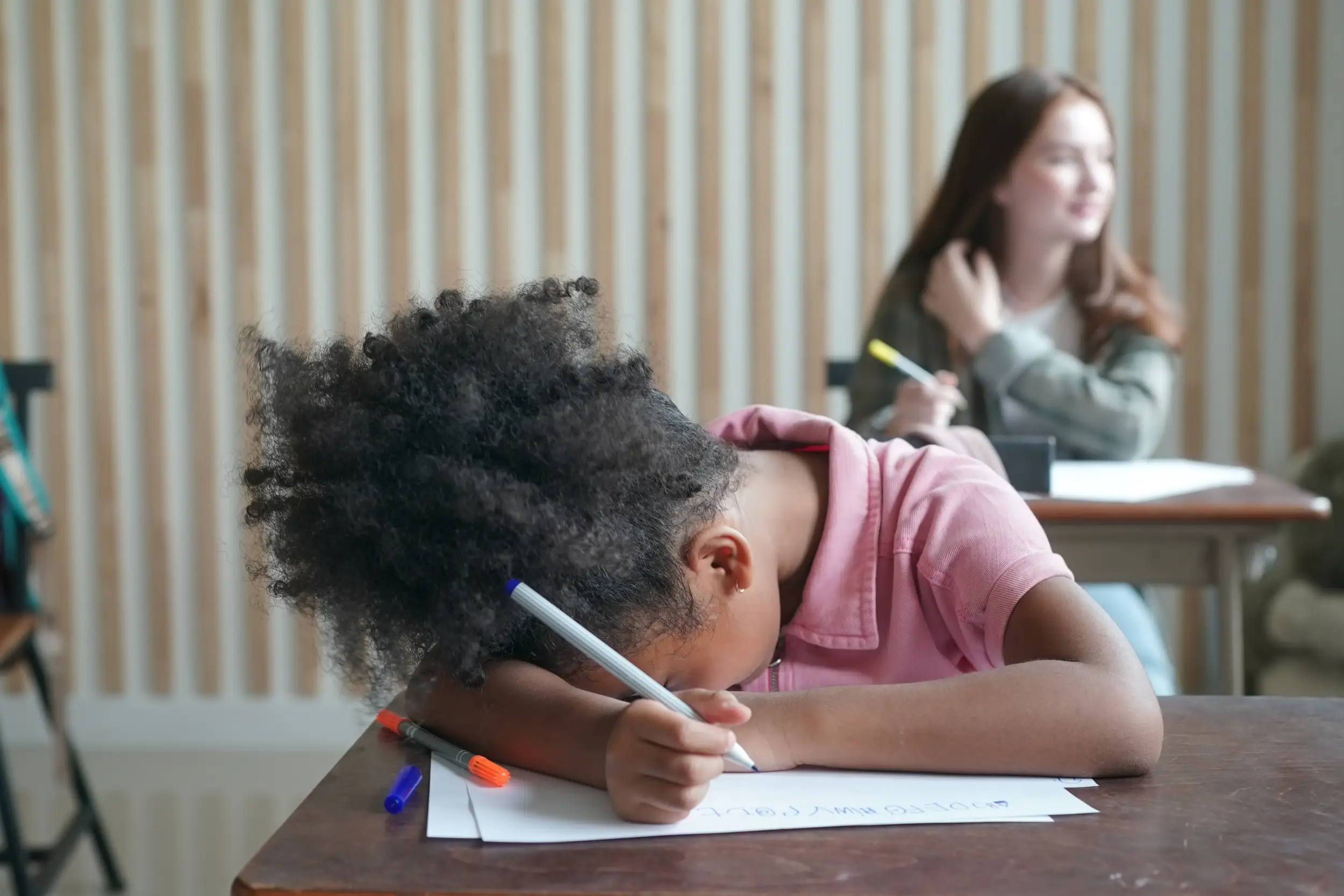The shift from elementary to secondary school is a significant milestone in a child’s life. It’s a time of academic growth, newfound independence, and, of course, a fair share of excitement and nerves. As parents, it’s natural to wonder how best to support your child during this transition.
This comprehensive guide will equip you with the knowledge and tools to help your child navigate the exciting yet potentially daunting move to secondary school. We’ll explore:
- The Emotional Rollercoaster: What to Expect
- Academic Adjustments: New Schedules and Expectations
- Social Dynamics: Making New Friends and Finding Belonging
- Organizational Skills: Time Management and Staying on Top
- Communication is Key: Open Dialogue and Building Trust
- Preparing for Success: Resources and Support Systems
The Emotional Rollercoaster: What to Expect
The transition to secondary school can be an emotional rollercoaster for children. They may experience a mix of excitement about new opportunities, nervousness about navigating a larger school, and anxiety about fitting in with new classmates.

Here are some ways to address these emotions:
- Open communication: Create a safe space for your child to express their anxieties and worries. Listen actively and validate their feelings.
- Normalize their emotions: Let them know it’s perfectly normal to feel nervous or overwhelmed. Share your own experiences transitioning to a new school (if appropriate).
- Focus on the positive: Discuss the exciting aspects of secondary school, like new subjects, extracurricular activities, and the opportunity to make new friends.
- Role-playing: Practice social scenarios that might cause anxiety, like introducing themselves to new classmates or asking for help from a teacher.
Academic Adjustments: New Schedules and Expectations
Secondary school brings a significant shift in academic structure. Students will likely have multiple teachers, a more complex schedule with different classrooms, and increased homework demands.

Here’s how you can help your child adjust:
- Reviewing the schedule together: Go over their class schedule, highlighting important details like classroom locations and breaks.
- Developing a study routine: Help your child establish a dedicated study time and a quiet workspace to complete homework.
- Organizational tools: Invest in a planner, binder system, or a student organizer to help them keep track of assignments and deadlines.
- Time management skills: Work with your child on time management strategies like breaking down large projects into smaller tasks and prioritizing assignments.
- Communication with teachers: Encourage your child to seek help from teachers when needed. Role-play how to approach a teacher with a question or concern.
Social Dynamics: Making New Friends and Finding Belonging
The social landscape of secondary school is vast compared to elementary school. While some children may easily find their social circle, others might struggle. Here are some tips to foster a smooth social transition:
- Extracurricular activities: Encourage your child to participate in clubs, sports teams, or other activities that align with their interests. This provides a natural environment to meet new people with similar passions.
- Social skills development: Role-play conversation starters or strategies for approaching new classmates.
- Building confidence: Help your child focus on their strengths and interests, which can act as conversation starters and attract others with similar interests.
- Maintaining old friendships: Acknowledge that existing friendships might change, but encourage your child to stay connected with their elementary school friends.

Organizational Skills: Time Management and Staying on Top
Secondary school demands a higher level of organization and time management. Help your child develop these skills by:
- Creating a designated workspace: Establish a quiet area in your home with the necessary supplies for studying and completing assignments.
- Developing a daily routine: Set consistent times for waking up, getting ready for school, doing homework, and leisure activities.
- Using a planner or calendar: Encourage your child to record assignments, deadlines, and upcoming tests in a planner or calendar.
- Prioritizing tasks: Teach them how to identify the most important tasks and tackle them first.
- Breaking down large projects: Break down large assignments into smaller, more manageable tasks to avoid procrastination.

Communication is Key: Open Dialogue and Building Trust
Maintaining open communication with your child is crucial during this transition.
- Regularly check in: Talk to your child daily about their school experience, both positive and negative aspects.
- Active listening: Listen attentively without judgment when they share their experiences and concerns.
- Focus on understanding: Instead of offering immediate solutions, try to understand their perspective and feelings.
- Set boundaries but offer support: Respect their growing independence, but establish clear boundaries and be readily available.

Preparing for Success: Resources and Support Systems
The transition to secondary school can be smoother with the help of valuable resources and support systems. Here’s how to equip your child for success:
- School resources: Familiarize yourself with the resources offered by your child’s new school. This might include:
- Guidance counselors: These professionals can help your child with academic planning, course selection, and social-emotional concerns.
- Learning centers or after-school programs: These programs offer additional academic support and tutoring to students who need it.
- Clubs and activities: Explore the wide range of clubs and activities offered by the school. Encourage your child to participate in something that aligns with their interests, fostering a sense of belonging and providing opportunities to develop new skills and make friends.
- Online resources: Numerous online resources offer support and guidance. These may include educational websites, study skills tutorials, or online communities for parents and students navigating the transition.
- Community resources: Explore resources available in your community, such as local libraries offering tutoring programs, workshops on study skills or time management, or youth mentorship programs.
- Parent-teacher conferences: Attend parent-teacher conferences to stay informed about your child’s progress, academic performance, and social integration. Use these meetings to discuss any concerns you might have and work collaboratively with teachers to support your child.
- Connecting with other parents: Connect with other parents of children transitioning to secondary school. This can be done through online forums, parent support groups, or simply getting to know parents of your child’s classmates. Sharing experiences and offering support to each other can be invaluable during this transition.
Remember: You are your child’s biggest advocate. By providing them with the necessary resources, fostering open communication, and offering unwavering support, you can empower them to thrive in secondary school and beyond.












